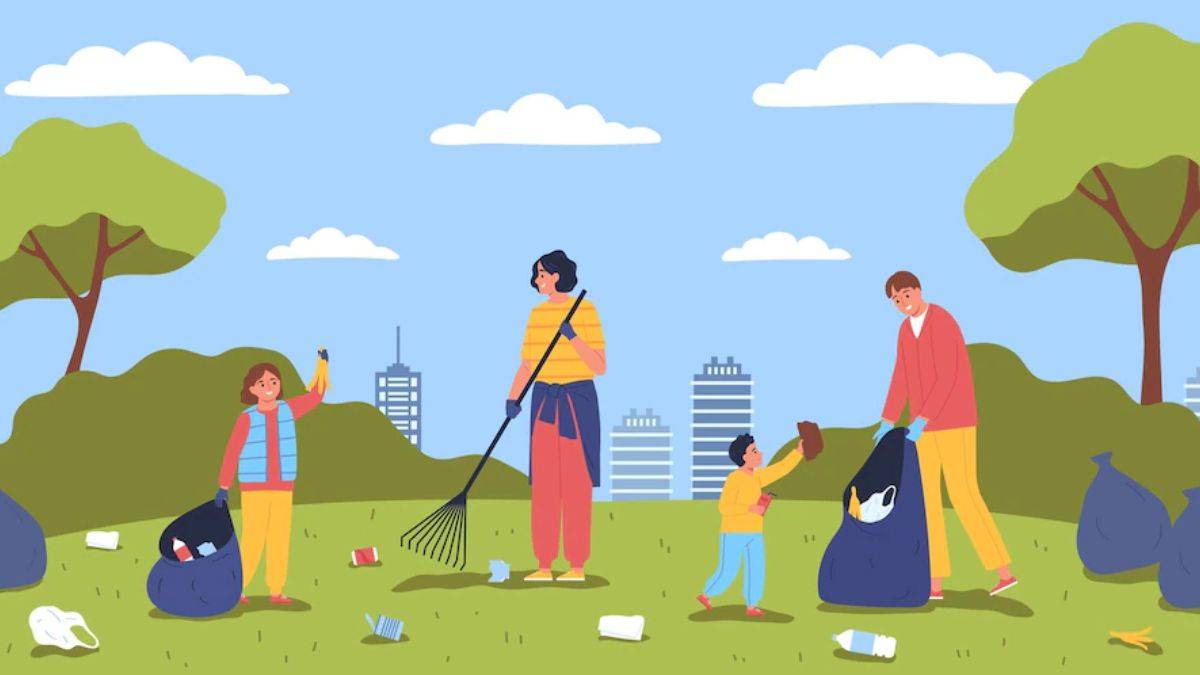seeWhat are the main types of pollution, and what can be done to prevent pollution or to reduce its effects?
Media coverage of pollution of our air and water and land often shocks us. Environmental research has given us valuable information about the different aspects of pollution, and it behoves us to be aware of our often inadvertent interference with the environment so that we will be able to take intelligent and appropriate steps to avert a possible catastrophe -- our own destruction through environmental pollution. Pollution can affect what we eat, our air and the water we drink.
Pollution can be incidental, usually the result of an accident as in Bhopal in India or at Chernobyil in the former USSR. Then there is persistent pollution - pollution that goes on all the time but does not receive as much attention as incidental pollution. We are all familiar with the pollution caused by thick smoke from factories and the damage caused to the ozone layer of the atmosphere by the use of aerosol sprays.
Air is polluted by substances that may occur as solid particles, liquid droplets, gases or as mixtures of these forms. Carbon monoxide (CO) is the most abundant and widely distributed in the air we breathe. Anthropogenic source contributes most to this type of pollution. The presence of CO in motor-car exhaust is well known. Other pollutants in emissions of internal combustion engines are hydrocarbons and nitrogen oxides. Air is also polluted by sulphur oxides. Apart from these gases there are small, solid particles and liquid droplets collectively called particulates which are feared to affect the respiratory system. Modification of the internal combustion engines and development of exhaust system reactors are two measures to control pollution by motor-car emissions. The four types of equipment used to control particulate emissions are gravity settling chamber, cyclone collector, wet scrubbers and electrostatic precipitators.
The signs of water pollution are obvious: disgusting odours from lakes and beaches, shortage of drinking water, the toll on fish population and oil floating on the surface of water. Pollutants from such sources as sewage, industrial wastes and effluent from slaughterhouses reduce dissolved oxygen in water which is a fundamental requirement for animal and plant life in water. Lakes suffer from acidification. Acidity damages aquatic life. Burning of fossil fuels, such as coal and oil, in power stations, factories, engines and other combustion processes produce sulphur and nitrogen gases which combine with oxygen and water vapour and finally causes acid rain. Generally water has buffering ions to neutralise acidity. When it lacks them, alkaline substances can be added. Environmental damage caused by acid rain can also be lessened by reducing the amount of sulphur and nitrogen gases released into the atmosphere.
Our dependence on oil-based technology leads to oil pollution of water, especially the sea. Oil spills such as the blowout in 1969 at Santa Barbara when 10,000 tons of oil entered the ocean are serious enough but they represent the source for less than 10% of the total oil that enters the marine environment annually. Waste oil and grease from industries contribute significantly to marine pollution. Oil films in the sea retard its intake of oxygen and animal life is affected. Water birds are damaged when they are smeared by oil. Fish and lobsters that live in the bottom are killed and washed ashore. To prevent oil spill in harbours, floating booms are used. Another method of combating this pollution is the use of water bubble barriers. Certain chemicals are also used to gel or solidify oil. Then there are mechanical methods of clean-up.
Tap water almost always contains harmless amounts of organic and inorganic substances. Inorganic substances such as lead and nitrates are cause of concern. Lead is necessary for the human body, but it should not be more than 3 milligrams per week per person. But dissolved lead pipes used in the distribution network aids lead to dissolve. To prevent this safer materials are to be used. Another measure is to make water slightly alkaline by adding lime and soda ash. The concentration of nitrates in drinking water should not exceed 50 milligrams per litre. Treated sewage contains nitrates and it pollutes river water. Fertilisers used on land contain nitrates and they are washed down to rivers by rain. Nitrates can be treated at water works by a process called biological denitrification.
Man pollutes his environment by continuous and indiscriminate release of human and industrial waste. It is important that we realise our mistake and take appropriate action to save ourselves and the future generations.


